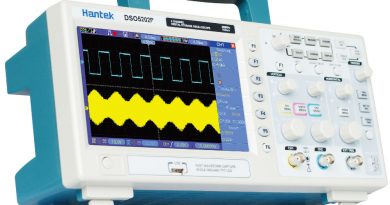How Multimeters Work
A multimeter is a tool designed to troubleshoot electrical and electronic circuits and is used for checking voltages to confirm proper operating levels. Standard multimeters measure current, resistance, and voltage. More expensive models can measure capacitance and inductance as well. In addition, an oscilloscope may have multimeter functions.
An ammeter measures current, an ohmmeter allows you to determine resistance, and a voltmeter is used to measure voltage between two points. Multimeters combine all three functions in a single instrument. (Note: You will need to be able to recognize common electronic schematic symbols for components to fully understand how to use your multimeter.)
Your multimeter’s ammeter function is used to measure the number of electrons passing a given point for a certain amount of time (i.e. current). The units in this measurement are known as amperes. Your multimeter can check how many amperes, e.g., an appliance is drawing so that you can tell if it is drawing excessive current, which will cause a circuit breaker to open.
The ohmmeter function measures electrical resistance — the opposition to an electric current — and uses units known as ohms. An electrical circuit will have a resistance of zero or near zero ohms if it is short-circuited. When a circuit is open it has infinite resistance and no current flow.
The voltmeter function of your multimeter measures the electrical potential between two points in volts and is especially useful for checking whether a battery is nearly dead.
Furthermore, multimeters enable you to measure current and voltage in two different modes: alternating current (AC) and direct current (DC). Household outlets almost always use alternating current. Keep in mind that different countries have different standards when it comes to AC voltage, which is why many travelers find that their electronics malfunction in other parts of the world. If you’re not sure of the voltage you can use the AC voltmeter function of your multimeter to find out.
Household outlets supply AC current, but batteries supply DC current. You must take the mode of current of what you are measuring into account and set your multimeter to the correct mode to accurately measure electrical or electronic circuits.
